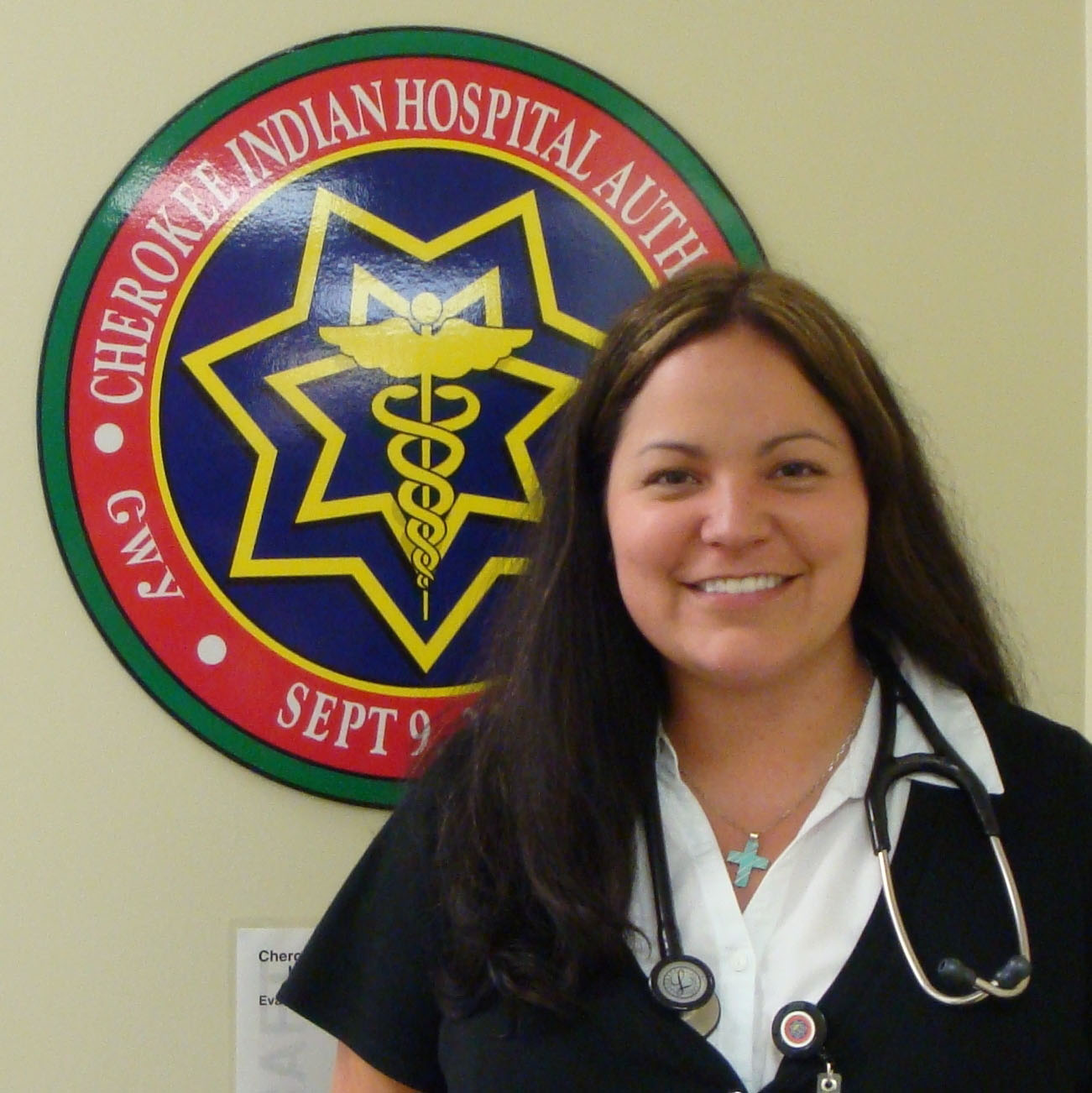The most common question I get asked is “what is the difference between Alzheimer’s and dementia?” Dementia is an umbrella term that includes a lot of different types of dementia including Alzheimer’s, vascular dementia, Lewy Body dementia (what Robin Williams had), and frontotemporal dementia. It is also possible to have mixed dementia, which means you have more than one type. The most common type of dementia is Alzheimer’s, followed by vascular dementia. Vascular dementia occurs because of issues relating to your blood vessels. This can include strokes, cardiovascular disease, diabetes, and bleeds in the brain.
The most common risk factor for Alzheimer’s disease is age. The number of American Indian and Alaskan Natives 85 years of age and older is projected to increase from 42,000 in 2012 to 300,000 in 2050—a more than sevenfold increase. This means there will be many more tribal elders with Alzheimer’s disease.
One of my areas of focus is dementia in tribal populations. There are many things about dementia care and diagnosis that are different in Indian Country. How does dementia in tribal people compare to other populations? A 2016 study was the first to examine rates of dementia in American Indian and Alaskan Native populations. In this study dementia incidence (the rate or frequency of the disease) was highest in American Indians and Alaskan Natives and African-Americans.
What other things about dementia are different for our communities? There are now 573 federally-recognized tribes across the country. Our tribes are very diverse in our languages, culture, and traditions. Some tribes do not have a phrase or term that fits with “dementia” because it is a foreign concept. In conducting a memory evaluation we have to perform brain exercises and ask a lot of questions because we don’t have a blood test or x-ray to diagnose dementia like we do for diabetes. But, these tools were not developed for our tribal populations.
For many years American Indian and Alaskan Native elders life expectancy was much lower than the majority population. In the 1940s the life expectancy was 51 years of age, people were dying before they would ever develop a dementia. American Indians and Alaska Natives born today have a life expectancy that is 5.5 years less than the U.S. all races population (73.0 years to 78.5 years, respectively). It is wonderful news that our elders are reaching older ages but this may be a reason that our communities had not heard or experienced Alzheimer’s disease and other dementias until recently. This makes it difficult to “catch up” quickly to what is happening in the rest of the country.
“Why get diagnosed if there is no cure?” This is the second most common question I get asked. Research is still being done on biomarkers and other tests that can be helpful to diagnose memory disorders even before someone has symptoms of memory loss. Those are not widely available or covered by insurance companies yet. It is still important to get an accurate diagnosis as early as you can. Many people have a reversible cause of memory loss and if we can catch it quickly it is much easier to address.
During this National Alzheimer’s Disease Awareness Month I encourage you to think about yourself, friends or family members who may show one or more of the 10 signs of Alzheimer ’s disease and consider seeing your provider to gather more information about what could be causing the problem.
Related Content:
Alzheimer’s Disease in Primary Care
Keeping your Elders in the Home: Alzheimer’s and Dementia Programs



